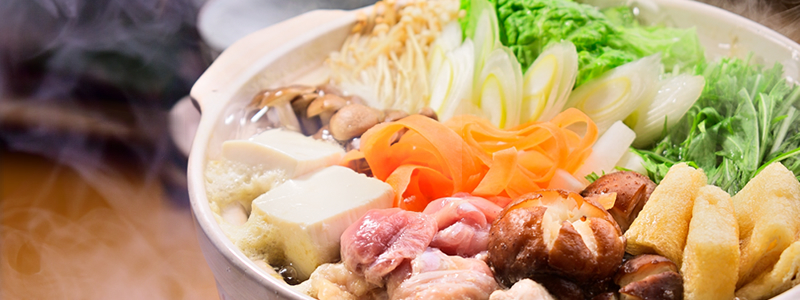To chase away the cold, warming dishes like nabe and oden are particularly popular in winter in Japan. Both can be made with a wide range of ingredients, with some of the most popular being in season (or “shun” in Japanese) at this time. Below is a list of some of the main foodstuffs in season during winter.
Table of Contents
Vegetables
Daikon
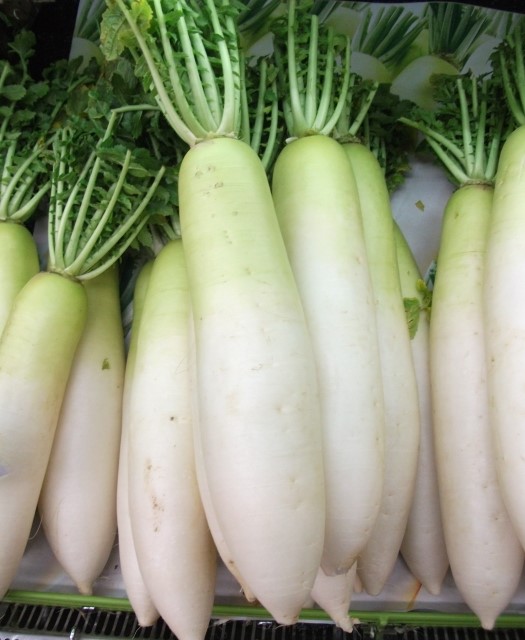 Daikon is a large variety of radish with a mild flavour. In Japan, they have a reputation for being good for the body, particularly the digestive system.
Daikon is a large variety of radish with a mild flavour. In Japan, they have a reputation for being good for the body, particularly the digestive system.
Renkon
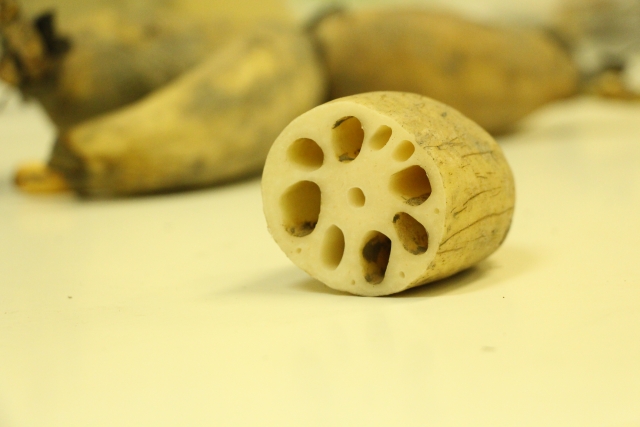
Renkon is the root of the lotus plant, more famous in the West for its flowers. The distinctive tubers, which resemble wagon wheels, are sliced and eaten in a range of dishes.
Fish and Seafood
Fugu (pufferfish)
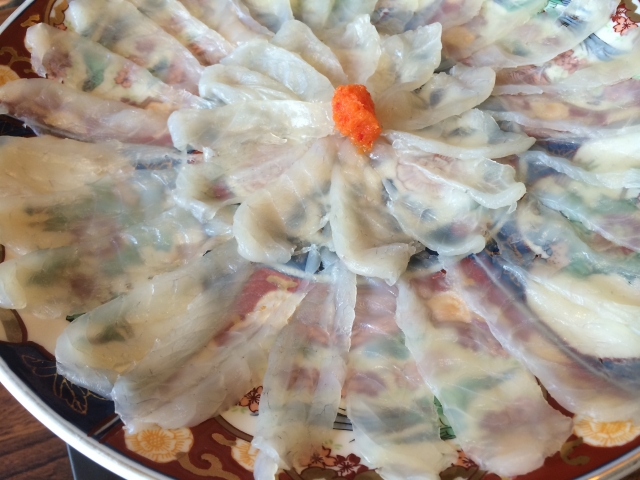 Fugu is famous for being poisonous, and potentially deadly if not prepared correctly. Chefs must train for several years to be legally permitted to prepare the fish, so it is more often consumed at restaurants than at home.
Fugu is famous for being poisonous, and potentially deadly if not prepared correctly. Chefs must train for several years to be legally permitted to prepare the fish, so it is more often consumed at restaurants than at home.
Buri/Hamachi (Japanese amberjack)
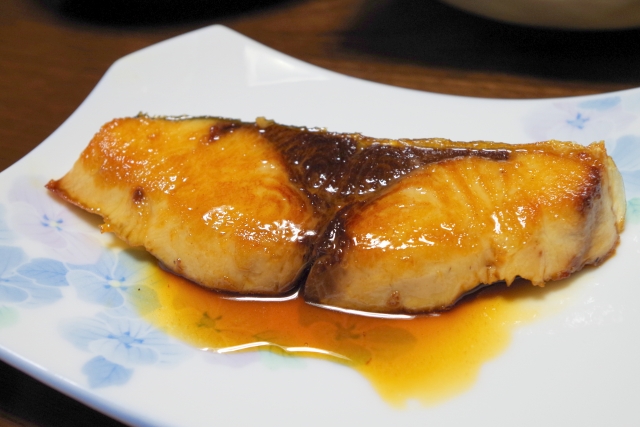 The Japanese amberjack or yellowtail is a kind of fish that is farmed extensively in some parts of Japan. Depending on the size it is allowed to grow to, the fish is known in Japanese as “hamachi” or “buri”.
The Japanese amberjack or yellowtail is a kind of fish that is farmed extensively in some parts of Japan. Depending on the size it is allowed to grow to, the fish is known in Japanese as “hamachi” or “buri”.
Amaebi (sweet shrimp)
 Amaebi Amaebi is a generic term for two varieties of sweet shrimp eaten widely in Japan.
Amaebi Amaebi is a generic term for two varieties of sweet shrimp eaten widely in Japan.
Nori
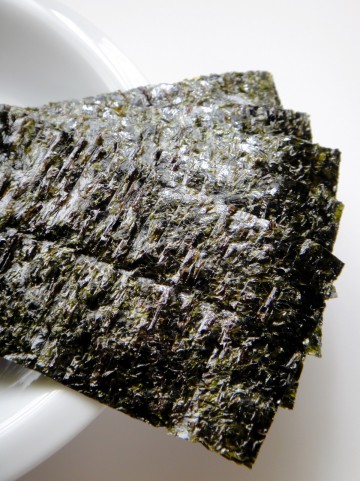 Nori is a kind of seaweed that is pressed and dried, creating paper-like sheets.
Nori is a kind of seaweed that is pressed and dried, creating paper-like sheets.
Fruit
Mikan (mandarin/satsuma oranges)
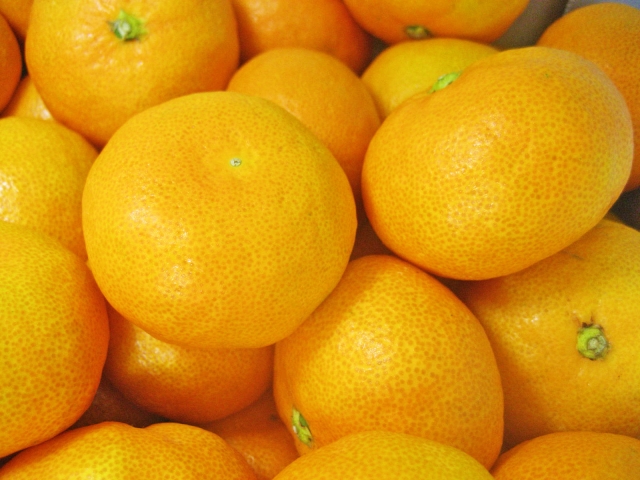 Mikan, known elsewhere as “satsumas” for the province of Japan from which they were first exported to the west, are an orange-like citrus fruit. They grow in some gardens in the southern parts of Japan, and mikan picking is a popular annual excursion in rural areas.
Mikan, known elsewhere as “satsumas” for the province of Japan from which they were first exported to the west, are an orange-like citrus fruit. They grow in some gardens in the southern parts of Japan, and mikan picking is a popular annual excursion in rural areas.
Ingredients
Tofu
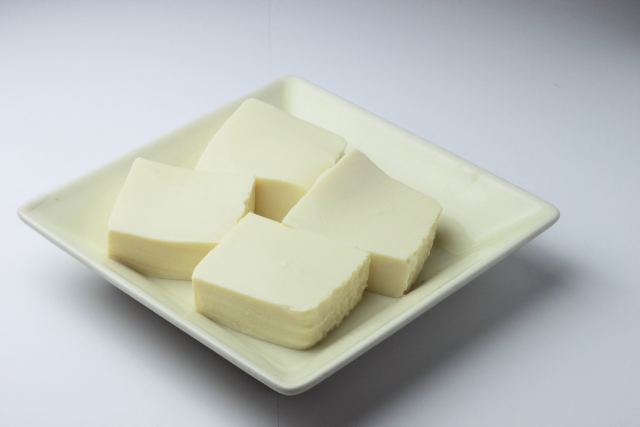 Tofu is made by the coagulation of soy milk and is an important foodstuff throughout East Asia. Though it is widely available year-round, tofu is considered at its best in winter, following the soybean harvest season. Fresh tofu in Japan usually comes in one of two forms – soft and firm, both of which appear in a variety of dishes.
Tofu is made by the coagulation of soy milk and is an important foodstuff throughout East Asia. Though it is widely available year-round, tofu is considered at its best in winter, following the soybean harvest season. Fresh tofu in Japan usually comes in one of two forms – soft and firm, both of which appear in a variety of dishes.
